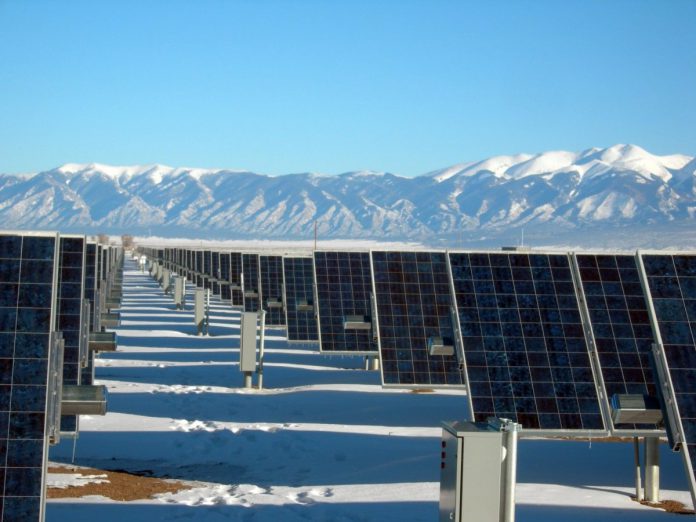Tri-State Generation and Transmission, the power provider to 43 energy co-ops across the Mountain West, will add over 1 GW of solar and wind generation by 2024 — raising its overall renewable energy mix to over 50% of generation.
The cooperative will also pursue a 90% reduction in carbon dioxide emissions from Colorado-based generation by 2030, based on 2005 emission levels. All of these announcements are coming with Tri-State’s new Responsible Energy Plan.
Tri-State will also be closing the Escalante and Craig coal power plants and the Colowyo mine ahead of schedule and canceling the proposed Holcomb Station coal plant project in Kansas.
The announcements, unsurprisingly, have been met with support from solar proponents and climate activists.
“Tri-State’s plan signals a welcome and important shift toward a clean, lower-cost energy future,” said John Nielsen, director of Western Resource Advocates’ Clean Energy Program. “Tri-State’s coal plant retirements and increased investments in renewable energy will save its customers money and will significantly reduce carbon dioxide emissions that drive climate change and other harmful air pollution.”
While the overall generation mix will be raised to 50% renewables, this number is just a bit misleading. That’s because Tri-State already achieves roughly 30% renewable generation from solar, wind and hydroelectric, with hydro representing the majority of that mix.
That said, the Responsible Energy Plan does represent an unprecedented commitment to solar by Tri-State. The six projects set to go on line by 2023 will combine for 715 MW capacity, nearly 10 times more solar than has been put on-line by the cooperative so far (85 MW).
The smallest of these planned projects, the 40 MW Spanish Peaks II Solar project will be larger than any solar project Tri-State has put on-line to date. Spanish Peaks II, along with its sibling, Spanish Peaks Solar, will be developed by juwi, which will also provide EPC and O&M services for the project. In fact, the only project of the new batch set to be developed by a company other than juwi is the 200 MW Escalante Solar project, set to be completed in 2023 in McKinley County, Colorado. That project will be developed by Turning Point Energy.
Once all is said and done, Tri-State will be able to boast 800 MW in solar capacity. The new generation will give Tri-State an established utility-scale solar presence in the South and Southwest, areas already home to lots of big solar.
“Tri-State is making big commitments to clean energy that finally have it catching up to other utilities in the Southwest and setting the bar for Generation and Transmission cooperatives across the country,” said Emily Gedeon, Conservation Director at the Colorado Sierra Club.
Is 50% enough?
This update to the Responsible Energy Plan comes just over a month after United Power and La Plata Electric Association asked Colorado regulators to establish a fair fee for them to exit from their wholesale power contracts with Tri-State. Both co-ops expressed an interest in increasing renewable generation while keeping customer costs down as reasons to exit.
Under their contracts with Tri-State, member co-ops must purchase at least 95% of their electricity from Tri-State, or at least 93% if they add community solar. Prior to the Responsible Energy Plan, La Plata established the goal of reducing its carbon footprint by 50% from 2018 levels by 2030.
Furthermore, a Rocky Mountain Institute study found that retiring 1.8 GW of coal and replacing it with 2.5 GW of solar and wind power would save the association and its members $600 million through 2030.
How much, if any, of Tri-State’s commitment to renewables is being enacted over fear of losing more members is unclear. One former Tri-State member, The Kit Carson co-op, will reach 38 MW of solar and 15 MW of storage by 2022, representing nearly 1/3 of the co-op’s annual electricity demand, while saving its members from $50 million to 70 million.






